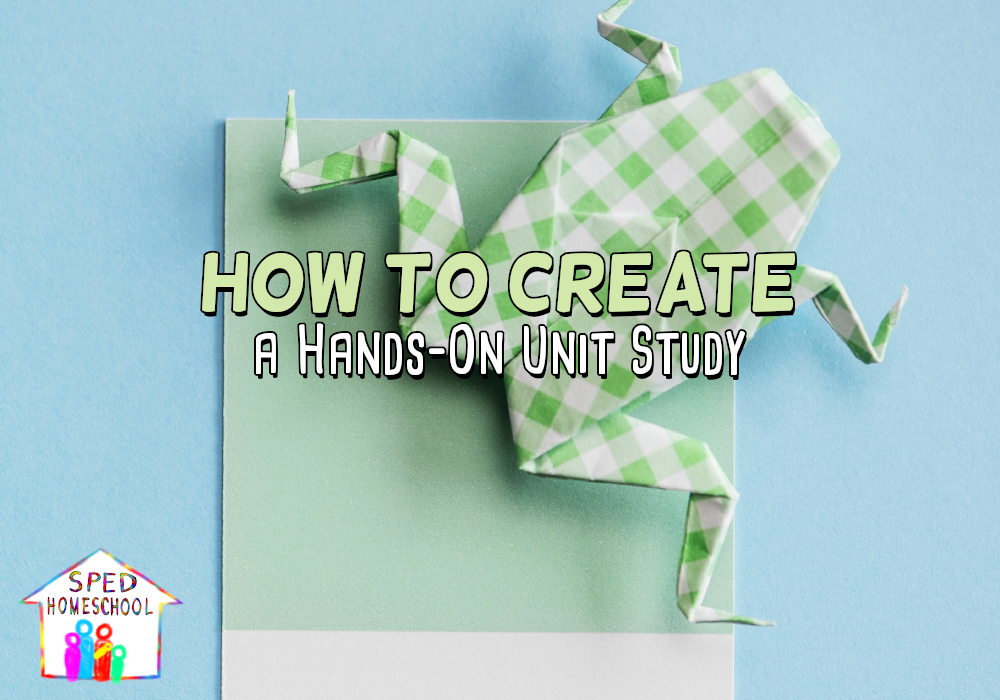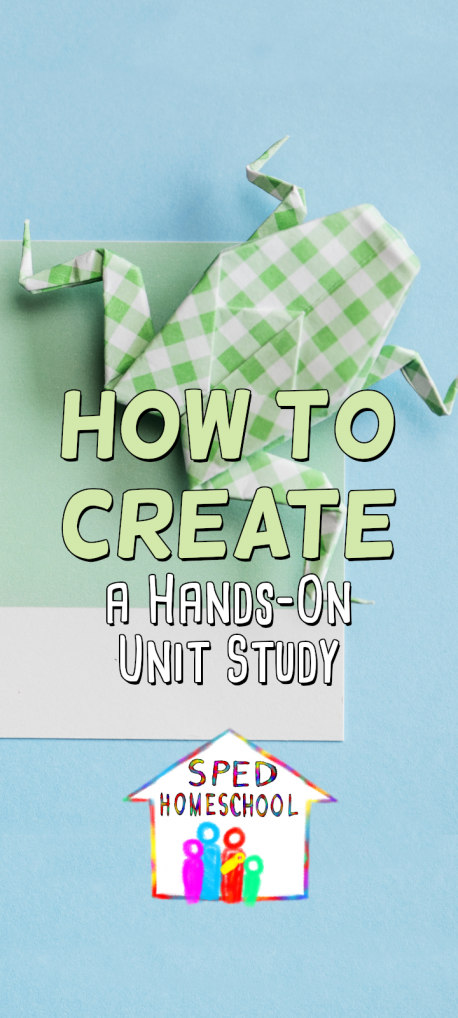
By Dawn Spence
When I taught public school, the one thing that inspired me to teach was creating units. A fellow teacher and I created a space unit for our 40 fourth graders, and the learning and excitement that our students expressed made teaching come alive.
When I started teaching my twin girls preschool, I knew that units are what I wanted to do. I created units on the ocean, fall, winter, and the zoo. It was the most memorable year of teaching. I still enjoy doing units with my kids with lots of interactive learning and activities.
Creating a unit is not hard but it does take some planning. When you write your unit you can use it as your only curriculum.
Planning Your Unit
Topic
First, plan out what excites you and your learner. If the learning is engaging and holds the interest of your learner, the learning will come. I found “fall” to be a unit that can be adapted to older and younger students. “Fall” also works will all types of learners.
Map Subjects
Next, map out what subjects that you want to be included in your unit. You can easily involve your core subjects, but you can usually include much more. When I created my “fall” unit, I was able to include math, science, history, language arts, reading, and art. You can make the lessons simple or complex. I would draw a map out and under each subject, I would list out what I wanted to cover.
Math using pumpkins was hands-on and everyone was ready for school in the morning. If your state includes Good Citizenship you can add that as well. Do not forget to add in field trips to allow your unit to become real life for your learner. Make sure also figure out how long you want your unit to last.
Develop Lessons
Third, it is time to develop your lessons. This step can be fun and overwhelming at the same time. There are so many activities that you can add to your unit and many places to get ideas. I started with Teachers Pay Teachers, File Folder Heaven, and homeschooling blogs. I would gather ideas and sometimes the activities that I saw inspired me to create my own. I have created a sample graphic organizer to help with your planning. (Click here to download the below image as a free document.)
Determine Assessments
Last, decide how you want to grade or assess their learning. You can create a lapbook, and at the end of the unit your student could present what they learned with a hands-on project or report. For more ideas on how to grade or assess you can read Amy Vickery’s article: Making The Grade: Strategies for Grading your Homeschool Student .
Units can be a great way to have fun while learning and can engage your student. I also found that I was able to see what my child’s interests were and what made them excited to learn. Have you created a Unit Study that you would like to share? If you have, comment below or share it on our resource page.


